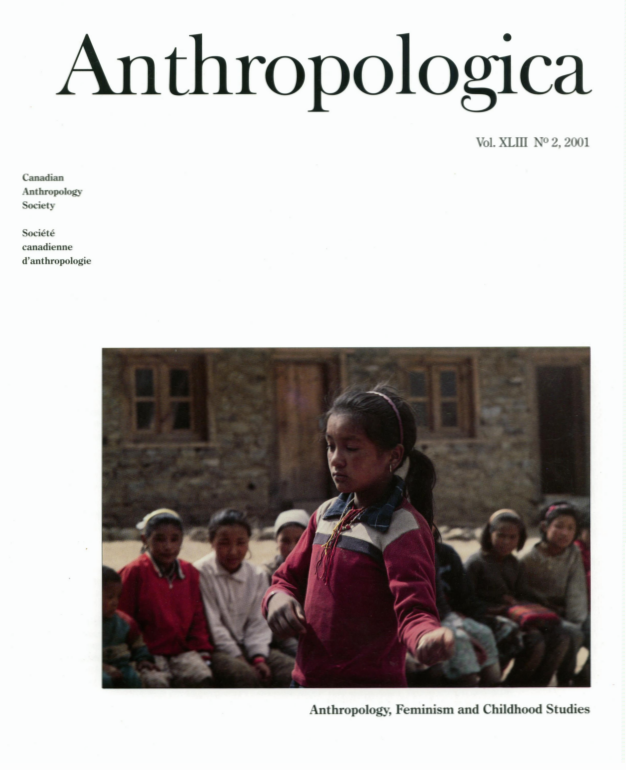Errance, sédentarité ou la naissance d'une ethnie prohibée: les Silmimoose du Burkina Faso
Abstract
Recent research has demonstrated difficulties in the definition of the ethnic realities which do not use the usual criteria: history, culture, language, genealogy and state bound aries. Based on the «ethnogenesis» of the Silmimoose (sing. Silmimoaga) of Burkina Faso, crossbreds between Moose (sing. Moaga) sedentary farmers and the Fulbe (Silmiise; sing. Silmiiga) semi-nomadic pastoralists, this essay tries to show the history of the concept of ethnicity and day-to-day life as seen by this community. The moaga state, known as a model of ethnogenetic mixing and interethnic integration, found its limits when it tried to integrate the Silmimoose. In many ways, the Silmimoose are considered a «forbidden» people. Here we wish to analyze the historical and ideological roots of this marginal ization by studying the moaga and silmiiga societies and in our final analysis to find out whether there has been a renewal of ethnic consciousness and how it came about or whether in fact the Silmimoose will remain the ethnic group shunned by the dominant cultures of the region.
Downloads
Publication Facts
Reviewer profiles N/A
Author statements
- Academic society
- Canadian Anthropology Society
- Publisher
- University of Victoria
Downloads
Published
How to Cite
Issue
Section
License

This work is licensed under a Creative Commons Attribution-NonCommercial 4.0 International License.
Authors contributing to Anthropologica agree to release their articles under the Creative Commons Attribution-Noncommercial 4.0 Unported license. This licence allows anyone to share their work (copy, distribute, transmit) and to adapt it for non-commercial purposes provided that appropriate attribution is given, and that in the event of reuse or distribution, the terms of this license are made clear.
Authors retain copyright of their work and grant the journal right of first publication.
Authors are able to enter into separate, additional contractual arrangements for the non-exclusive distribution of the journal's published version of the work (e.g., post it to an institutional repository or publish it in a book), with an acknowledgement of its initial publication in this journal.



